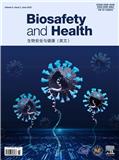
生物安全与健康(英文)(Biosafety and Health) 知网目次万方目次维普目次
- CSCD
- 科核
- 主管单位:
中国科学技术协会
- 主办单位:
中华医学会
- 国际刊号:
2096-6962;EISSN 2590-0536
- 国内刊号:
10-1630/Q
- 学科分类:
- 字数:
2000-20000
- 有无基金:
/有基金 100.0%
- 周期:
CN外文-双月刊
- 特殊属性:
外文期刊
- 电话:
010-63586558(202401期)
- 邮箱:
biosafetyandhealth@ivdc.chinacdc.cn(202401期)bh@cmaph.org
- 复合因子:
0.589
- 综合因子:
0.571
- 收录:
知网目次,万方目次,维普目次
- 级别:
CSCD,科核
期刊简介
《生物安全与健康》期刊已被查看: 次
更新频次
单位占比
一作占比
/有基金-100.0%投稿指南
1、投稿方式:在线投稿。
2、刊内网址:(202401期)
https://www.sciencedirect.com/journal/biosafety-and-health
https://www.editorialmanager.com/bsheal(投稿系统)
3、中华医学期刊全文数据库:
https://www.yiigle.com/Journal/Detail/191
4、刊内邮箱:biosafetyandhealth@ivdc.chinacdc.cn
官网邮箱:bh@cmaph.org
5、官网电话:010-63586558
6、出刊日期:双月刊,逢双月出版。
2024年4月18日星期四
《生物安全与健康(英文)》期刊介绍
【微信公众号信息】
Biosafety and Health《生物安全与健康(英文)》是目前我国生物安全领域获得国家新闻出版署正式批准的英文期刊,采用国际通用的同行评议、开放获取的出版形式。由中华医学会主办、《中华医学杂志》社有限责任公司出版、爱思唯尔公司(Elsevier)发行。由中国疾控中心生物安全首席专家武桂珍研究员担任主编,中国医学科学院&北京协和医学院副院校长王健伟研究员担任执行主编,编辑部设于中国疾病预防控制中心病毒病预防控制所,主要发表生物安全与健康领域具有创新性、高水平的研究成果及最新动态,包括但不限于:
生物威胁的识别、表征和溯源;
生物因子的起源、传播和进化;
生物威胁和风险的监控、评估和预警;
防护、诊断、预防与治疗研究;
合成生物学、基因编辑及其他新兴生物技术的生物安全研究;
生物安全材料学等相关研究;
生物安全相关的政策与标准等研究。
Biosafety and Health期刊已被国内知名数据库中国科学评价研究中心(RCCSE)、中国科学引文数据库(CSCD)、中国科技论文与引文数据库(CSTPCD)收录,并正式成为“中国科技核心期刊”。同时,期刊也被国际知名数据库DOAJ (Dictionary of Open Access Journals)、Scopus数据库(实时CiteScore=6.7)收录,已发表的97篇生物安全相关论文被PubMed Central(PMC)收录。2022年12月,本刊入选中国知网“2022年中国最具国际影响力学术期刊”(TOP 5%)榜单。这意味着本刊的国际影响力正在快速提升,期刊的开放存取政策、出版质量和规范性达到国际评估机构的认可标准,对扩大期刊传播范围,提高期刊知名度和学术影响力具有重要意义。
Biosafety and Health编辑部
中国疾病预防控制中心病毒病预防控制所
联系电话:+ 86 (10) 63586558
邮箱地址: biosafetyandhealth@ivdc.chinacdc.cn
杂志主页: https://www.journals.elsevier.com/biosafety-and-health
投稿链接:https://www.editorialmanager.com/bsheal/Default.aspx
《生物安全与健康(英文)》投稿须知
【官网信息】
Guide for authors
Introduction
Types of article
Article types include but are not limited to original research, reviews, perspectives, correspondence, case reports, news and views, highlights, commentaries, policy forum, etc.
1. Original Research
An original research is expected to present a major advance. It should include an abstract, an introduction, up to 10 figures or tables, and no more than 40 references. Materials and Methods should be included in supplementary materials, which should also include information needed to support the paper's conclusions.
Elements:
Word limit: 3,000 words (excluding the abstract and references).
Printed pages: Up to 12.
Abstract: Up to 250 words, unstructured.
Highlights: Highlights are mandatory and must be provided as a Word document. The highlights should contain four parts: Scientific questions, Evidence before this study, New findings, and Significance of the study. The highlights will be in the format of highlight box.
Tables/Figures: Data in the text should not be repeated extensively in tables or figures.
References: 40 or less.
2. Review Article
A review article aims to provide readers with a balanced overview of an important and topical subject in the field, and should be systematic and critical assessments of literature and data sources. It should cover aspects of a topic in which scientific consensus exists as well as aspects that remain controversial and are the subject of ongoing scientific research. Elements:
Word limit: 3,500 words (excluding the abstract and references).
Abstract: Up to 250 words, unstructured.
Tables/Figures: Data in the text should not be repeated extensively in tables or figures.
References: 80 or less.
3. Perspective
These are comments on recent news or groundbreaking work and should provide a short review of the current state of research and explain the importance of the new findings. Perspectives on papers previously published in the Biosafety and Health should add a different viewpoint to the research and should not merely be a repetitive summary of the original paper. Although many of the Perspectives published in the journal are normally invited, unsolicited Perspectives are welcome and will be given due consideration. As these are meant to express a personal commentary, with rare exceptions, Perspectives should have no more than 3 authors.
Elements:
Word limit: 1,500 words (excluding the abstract and references).
References: 15 or less.
Tables/Figures: 1 table or figure.
……
更多详情:
https://www.sciencedirect.com/journal/biosafety-and-health/publish/guide-for-authors
《生物安全与健康》同类基础医学期刊
-
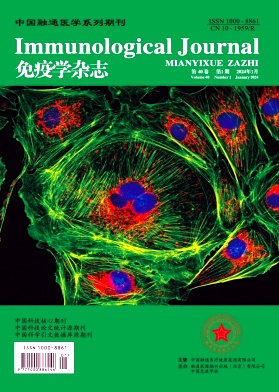
免疫学杂志
CSCD,科核,武A-
CN中文-月刊影响因子1.763
-
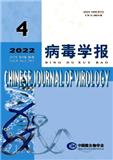
病毒学报
北核,CSCD,科核,武A-
CN中文-双月刊影响因子1.439
-
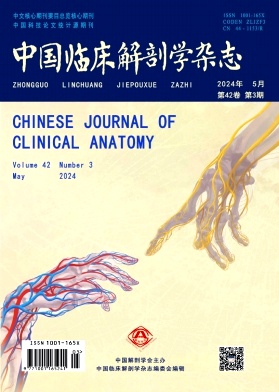
中国临床解剖学杂志
北核,科核,CSCD扩,武B+
CN中文-双月刊影响因子0.831
-
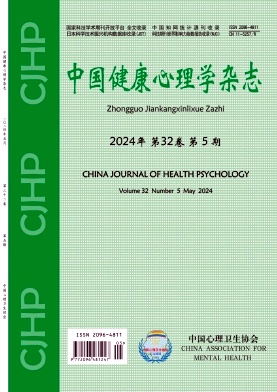
中国健康心理学杂志
CACJ-核心,武B+
CN中文-月刊影响因子2.05
-

中国生物医学工程学报
北核,CSCD,科核,武A
CN中文-双月刊影响因子1.392
-
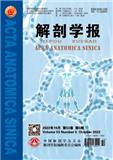
解剖学报
CSCD,科核,武B+
CN中文-双月刊影响因子0.931
-
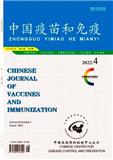
中国疫苗和免疫
北核,CSCD,科核,高T2,武B+
CN中文-双月刊影响因子2.521
-
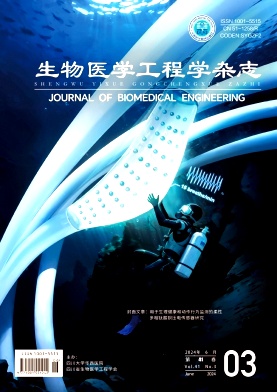
生物医学工程学杂志
北核,科核,武A,EI(中国2024)
CN中文-双月刊影响因子1.641
常见问题
-
生物安全与健康杂志社官网、联系方式是什么?
生物安全与健康杂志社官网:https://www.sciencedirect.com/journal/biosafety-and-health
投稿网址:https://www.editorialmanager.com/bsheal联系电话:010-63586558(202401期)
投稿邮箱:biosafetyandhealth@ivdc.chinacdc.cn(202401期)bh@cmaph.org -
生物安全与健康杂志是核心期刊么?
生物安全与健康是核心期刊,级别是:CSCD,科核, 是:基础医学分类下的知网目次,万方目次,维普目次收录的期刊。
-
请问你们是生物安全与健康杂志社吗?
我们不是《生物安全与健康》杂志社。本站主要从事期刊信息展示与期刊推荐,不是任何杂志官网,直投稿件请联系杂志社。本站仅提供免费的学术指导、论文辅导、期刊投稿信息整理收集服务。
-
你们指导服务后可以保证文章被发表吗?
期刊发表的成功与否,主要取决于文章内容的质量。编辑老师会根据研究领域、创新性等多因素进行考量。我们会帮助您理解期刊的发表要求,助力提升发表几率,从而增加发表的机会。
-
晋级论文能否在报纸上发表?
在学术界,论文的发表往往被视为研究者职业发展的重要一环。晋级论文,即为了获得更高职称或学术地位而撰写的学术论文,通常需在专业期刊上发表。然而,许多人可能会问
